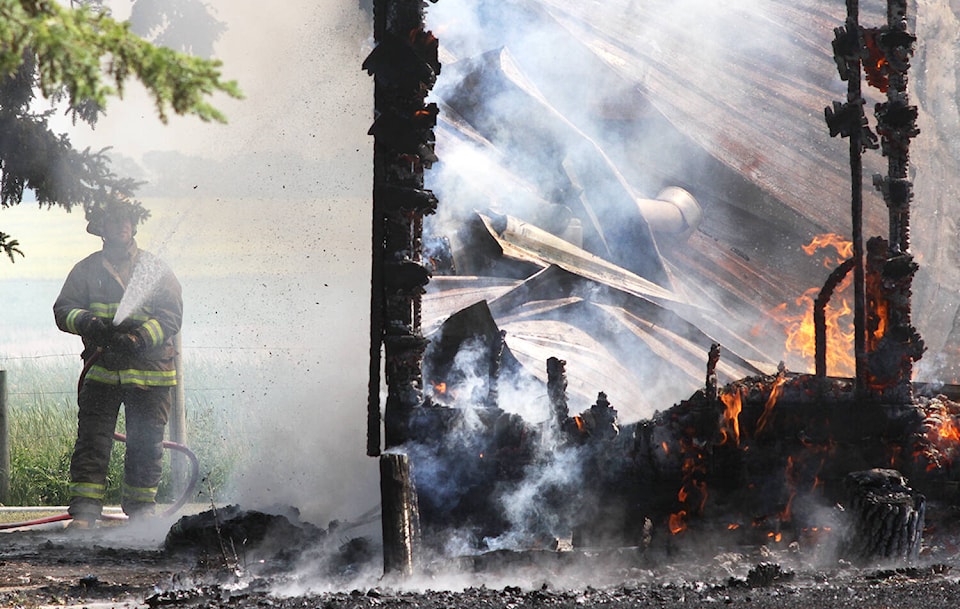Frustrated by ambulance delays, Ponoka County is considering not sending its firefighters to medical assist calls unless the province fixes response problems.
Last year, volunteer firefighters responding to a medical call were left waiting up to 35 minutes on 18 separate occasions for an ambulance and paramedics or emergency medical technicians to arrive.
“You can imagine the pressure that was on them to try and deal with the medical situation,” said county chief administrative officer Charlie Cutforth.
“Our concern is, not just the fact that it is unfair and shows certainly the dysfunction, frankly, in the ambulance service today, but also our big concern is we’re going to lose volunteer firefighters because they didn’t sign on to be medical responders,” said Cutforth.
Ponoka County and Rimbey have a regional fire service that can call on about 50 volunteers. They have basic first aid but not the level of training of paramedics or emergency medical technicians.
Residents have frequently complained to the county about ambulance response times. In some cases, area ambulances have been sent as far as Drayton Valley to provide coverage leaving Ponoka County without nearby help, said Cutforth.
In a blunt Feb. 22 letter to Health Minister Jason Copping, county Reeve Paul McLauchlin says the county believes the current ambulance issues are a “direct reflection on a bloated self-righteous bureaucracy that somehow believes it knows best and is in control.”
Government policies make it harder for EMS staff to do their jobs, he says, adding “the current panic situation whereby we have responders running all over the province is totally unacceptable.
“In summary, Ponoka County council is contemplating simply refusing to respond to medical assist requests in the future. However, it is reluctant to do so as it puts our residents in even further jeopardy than they already have.”
McLauchlin serves as president of Rural Municipalities of Alberta (RMA), which represents 69 municipal districts and counties. He sits on the Alberta EMS Provincial Advisory Committee, which was launched by Copping to get input from municipal leaders. McLauchlin also chairs sub-committees on the dispatch process and air ambulances.
The county says if its firefighters are expected to act as medical first responders Alberta Health Services should reimburse them at the same first responder rate that ambulances get if the current situation persists.
“We also caution that we have no intention of providing response to medical assist calls if AHS bureaucracy thinks it can continue to rely on us in perpetuity thus reducing the need for increased ambulance coverage in the future.”
Steve Buick, the health minister’s press secretary, points out that participation in the AHS Medical First Responder program is voluntary and municipalities can select the criteria for the events they will respond to and change that criteria any time they want.
Whether municipalities involved in the program respond to a call is also voluntary because their firefighters may not always be available.
While the province does not directly compensate those in the program, AHS provides additional training, including specific enhanced first aid skills, and other support as required.
Buick said EMS has been under pressure because of an “unprecedented” 30 per cent increase in calls that began last summer, as well as the strain on staff from the pandemic.
“The minister is committed to ensuring ambulances are available when they are needed, to avoid putting undue demands on municipal first responders,” he said in an email.
In the last provincial budget, EMS funding was boosted by 12 per cent — $64 million — to staff more ambulances.
As well, Alberta Health Services has a 10-point plan to address EMS pressures and improve response times, which includes dedicated transfer units in Red Deer and other places to free up ambulances for emergency calls.
